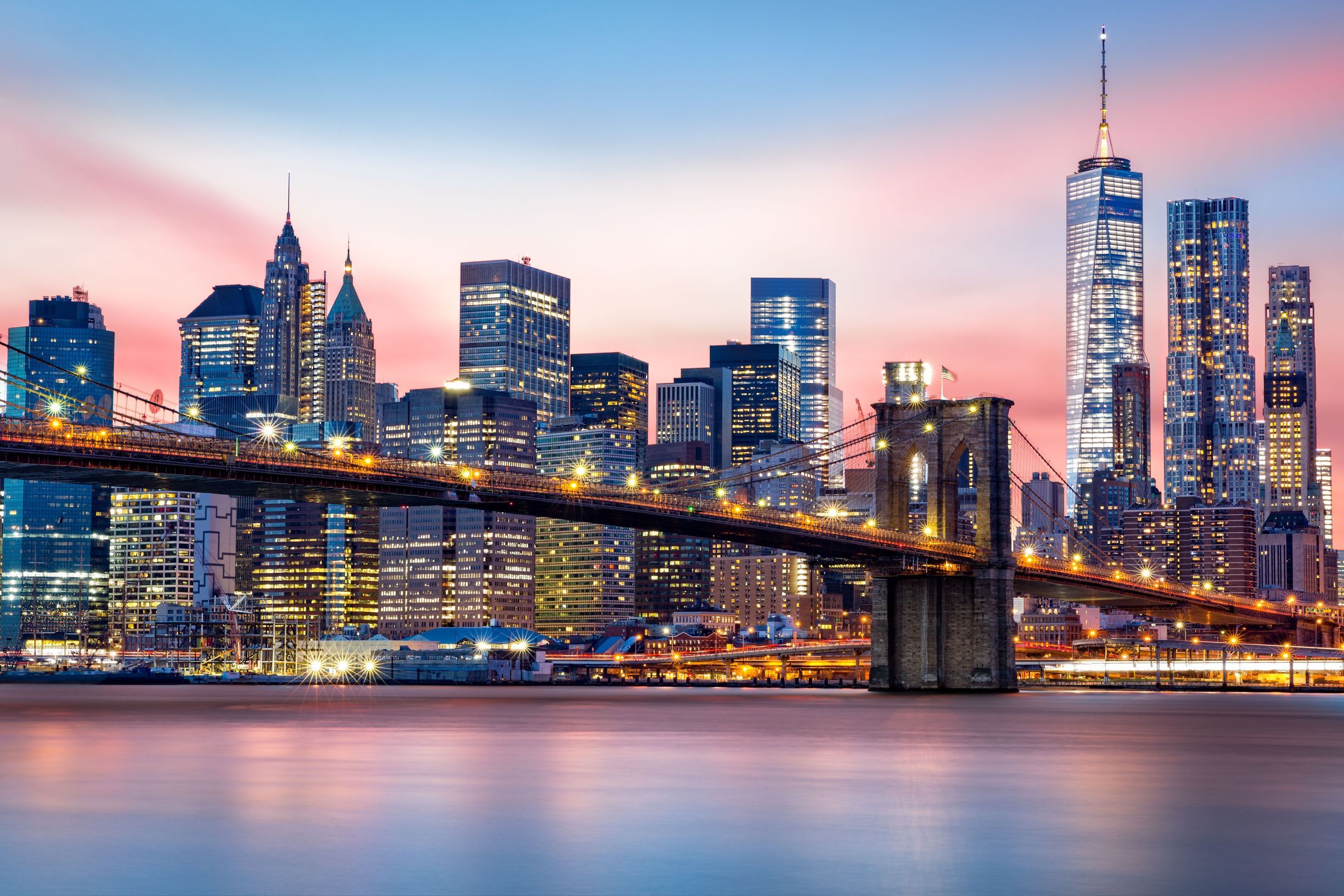
Who is the Samuel Lawrence Foundation?
The Samuel Lawrence Foundation is a Southern California-based 501(c)(3) nonprofit founded to address one of the nation's most pressing environmental justice crises: 3.6 million pounds of nuclear waste stored 100 feet from the Pacific Ocean at San Onofre, within 50 miles of 9 million people. We combine rigorous scientific research, policy advocacy, and community education to advance environmental justice and public safety. We also support numerous national and international programs that give communities access to science, education, and the arts.
What's the story behind our founding?
SLF was founded through successfully advocating for the shutdown of San Onofre Nuclear Generating Station due to safety concerns and a steam generator leak. However, shutting down the reactors was only half the battle: we are still left with 3.6 million pounds of radioactive waste stranded on the coast with no permanent disposal solution. Our founders recognized that communities needed a voice in what happens next, bridging scientific expertise with local concerns to ensure this nuclear legacy doesn't burden future generations.
What's happening with San Onofre specifically?
San Onofre Nuclear Generating Station (SONGS) currently stores 3.6 million pounds of highly radioactive spent nuclear fuel in thin-walled stainless steel canisters engineered for about 25 years of service life, while the waste will remain hazardous for millennia. The site is exposed to seismic activity, coastal erosion, and security vulnerabilities. Although federal agencies are legally obligated to remove this waste, there is no approved relocation site or timeline. In the interim, taxpayers are incurring billions in federal liability payments for failure to meet removal commitments, while surrounding communities assume the ongoing environmental and safety risks.
What makes this cause newsworthy now?
The convergence of several factors makes this a critical moment: the Trump administration's push to quadruple nuclear capacity while lacking permanent waste solutions; recent Supreme Court decisions on temporary storage facilities; growing environmental justice awareness; and the intersection of nuclear policy with climate goals. San Onofre also sits right next to the 2028 Olympics surfing venue, highlighting the disconnect between California's image and this toxic legacy.
How does this connect to broader environmental justice issues?
The San Onofre case reflects a broader pattern of environmental injustice in the nuclear fuel cycle, often described as “nuclear colonialism”, where marginalized communities disproportionately bear the health and environmental costs of producing and managing nuclear energy. Historically, this includes uranium mining on tribal lands, siting of nuclear facilities in rural or economically disadvantaged regions, and long-term waste storage in communities with limited political power. San Onofre’s location, adjacent to densely populated, diverse coastal communities, including significant Latino and military populations shows how these burdens are distributed along existing social and racial inequities.
What is our expertise and credibility?
Our work is grounded in scientific research and policy analysis. We produce extensively researched articles on nuclear waste policy, environmental justice, and community impacts. Our team includes experts in environmental science, policy analysis, and community organizing. We collaborate with nuclear scientists, policy researchers, and affected communities to ensure our advocacy is both scientifically sound and community-centered.
What would success look like for our organization?
Honestly, we'd love to work ourselves out of a job. Success means communities no longer have to worry about radioactive waste in their backyards, young people have access to quality environmental education, and everyone has a meaningful voice in decisions affecting their health and safety. In the near term, that looks like federal action to safely relocate San Onofre's waste and transparent, community-driven processes for future energy decisions. Ultimately, we want to prove that small, dedicated organizations can create lasting change when they center community needs and scientific integrity.
How can journalists stay updated on this story?
Follow us here and on our social media for breaking analysis, research reports, and community updates. We regularly publish timely articles connecting federal policy developments to local impacts. Our team is available for expert commentary on nuclear waste policy, environmental justice issues, and Southern California community impacts. For media inquiries, research questions, or expert commentary, contact us here. We can provide subject matter experts on nuclear waste policy, environmental justice, community organizing, and related topics. We're happy to connect journalists with affected community members, scientific experts, and policy analysts.